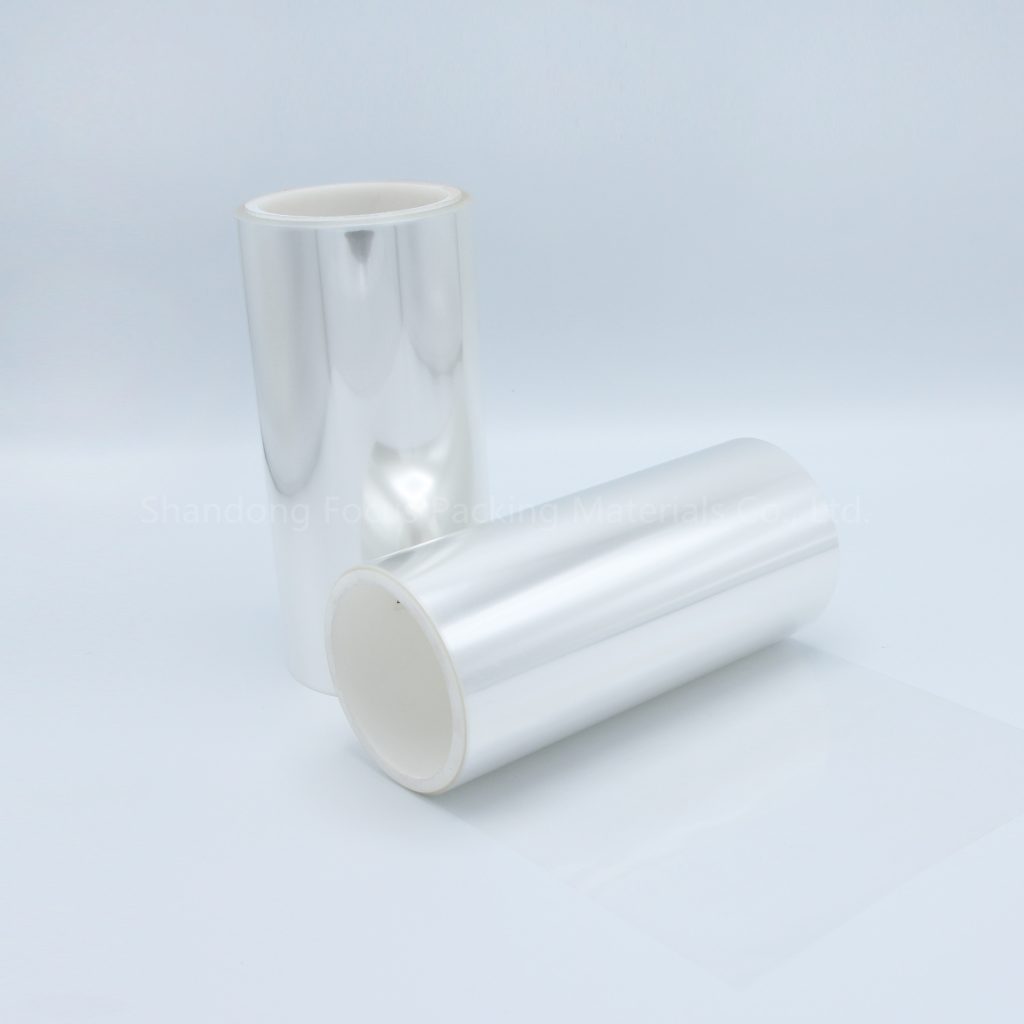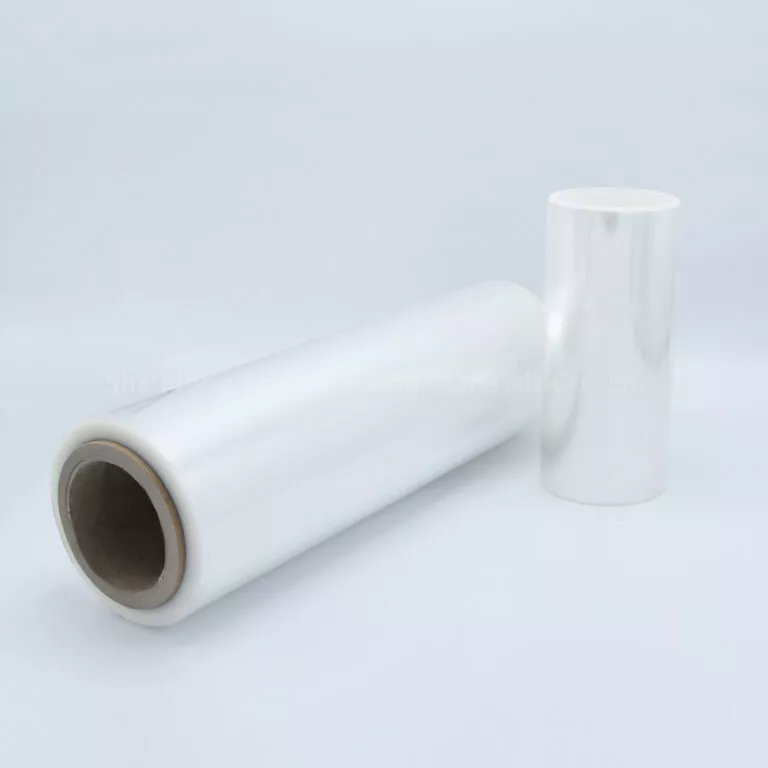The main factors affecting the stability of hollow blow molding processing and product quality are raw materials, temperature, expansion ratio, inflation ratio, head weight size, blowing pressure, mold cooling, and molding shrinkage rate. They are now described as follows.
- Selection of raw materials
Taking polyethylene products as an example, the selection of raw material grades must be based on the intended use of the product. The main parameters are density and melt index.
Softening temperature and rigidity are functions of density. The higher the density, the higher the softening temperature and rigidity. In order to maintain the structural shape of the product and develop thin-walled products, it is required to use resin varieties with high density and low melt index.
Secondly, containers containing detergents and other chemical reagents, as well as containers containing other materials, have higher requirements for the environmental stress cracking performance of the products. And stress cracking is related to density, molecular weight, and molecular weight distribution. The melt index is one of the indicators of molecular weight, so the environmental stress cracking resistance of polyethylene is related to the melt index. As the melt index decreases, the resistance to environmental stress cracking increases.
In addition, observing the self sagging phenomenon of the billet, it can be found that when the mold reaches a certain length, the descent speed of the mold failure suddenly increases, and the length of the mold at this time is called the critical length. The critical length can be used as a rough standard for the sagging of the billet. The relationship between the degree of sagging and the melt index is closely related. The higher the melt index, the faster the sagging speed of the billet, that is, the shorter the critical length.
In order to improve the rigidity, impact strength, environmental stress cracking resistance, and molding stability of hollow products, it is advisable to use resins with low Ting Rong index and high density. Commonly used high-density polyethylene often uses ethylene/butene or ethylene/ethylene copolymers. The melt index is 0.2-0.4. The melt index of low-density polyethylene blended with it is generally between 03 and 1. When the proportion of low-density polyethylene is small, the melt index should not exceed 2.
- Molding temperature
Each grade of resin has a certain melting temperature, which should be strictly controlled during processing. Both low and high temperatures can cause surface roughness in products. In order to improve the appearance quality, the temperature at the mold lip should be slightly higher than the material temperature (about 5 ℃ higher). The extrusion temperature also directly affects the degree of billet sagging, expansion ratio, cooling and setting time, etc. Therefore, the melting temperature is an important parameter for controlling product quality and determining production efficiency. - Expansion ratio
Expansion ratio refers to the phenomenon where the extruded molten billet is larger than the die size. The expansion ratio typically exhibits the melt viscosity of polyethylene. Understanding the expansion ratio is of great significance for controlling blow molding processes, improving product quality, determining die design dimensions, and selecting dies.








